
Researcher Susan B. Sorenson spoke about gun violence prevention at the second annual March for Science, which took place in D.C. on Saturday, April 14, 2018. (Photo: Jay Blakesberg/March for Science)

Researcher Susan B. Sorenson spoke about gun violence prevention at the second annual March for Science, which took place in D.C. on Saturday, April 14, 2018. (Photo: Jay Blakesberg/March for Science)
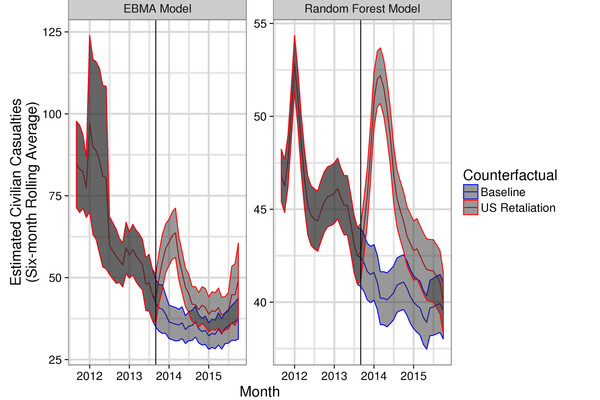
This striking depiction, from work by University of Pennsylvania political scientist Ian Lustick, shows that U.S. retaliation against Assad in Syria in 2013 would have likely led to higher civilian casualties than the numbers without such an intervention. (Image: Courtesy Ian Lustick)
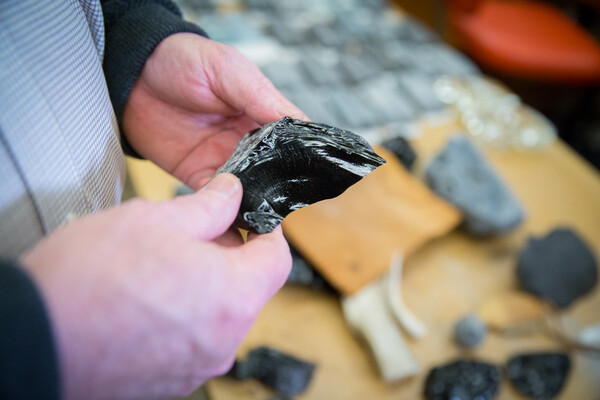
Harold Dibble and his team research how humans might have made stone tools and flakes, from as far back as 2 million years ago to as recently as 10,000 years ago.
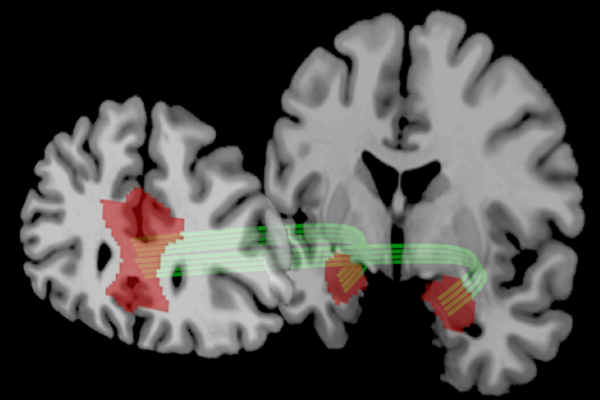
A new study from Penn researchers Joseph Kable and Caryn Lerman linked the amygdala and the prefrontal cortex to risk tolerance.
Former EPA administrator Gina McCarthy talks with “Energy Policy Now” producer Andy Stone. (Photo: Courtesy of the Kleinman Center for Energy Policy)
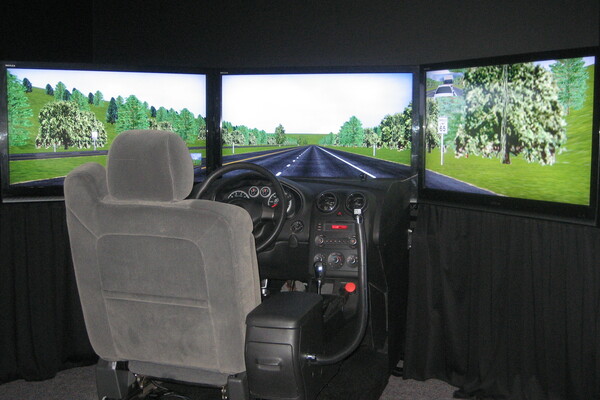
The driving simulator at the Center for Injury Research and Prevention at the Children’s Hospital of Philadelphia.
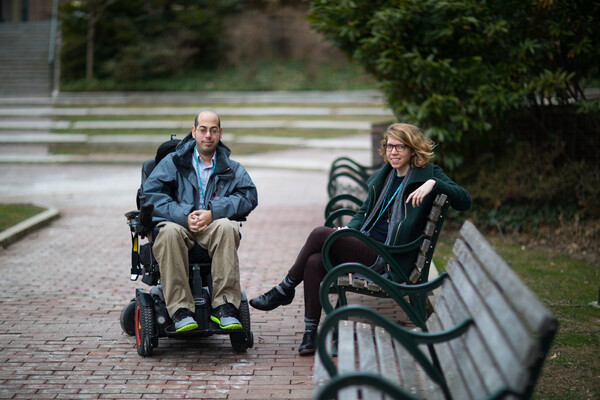
Mark Bookman and Alice McGrath are spearheading the new accessibility mapping of the Penn campus.
The second lady of Ghana (right) presented at Penn about her work on global health. With her is Florence Torson-Hart of the U.S.-Ghana Chamber of Commerce.
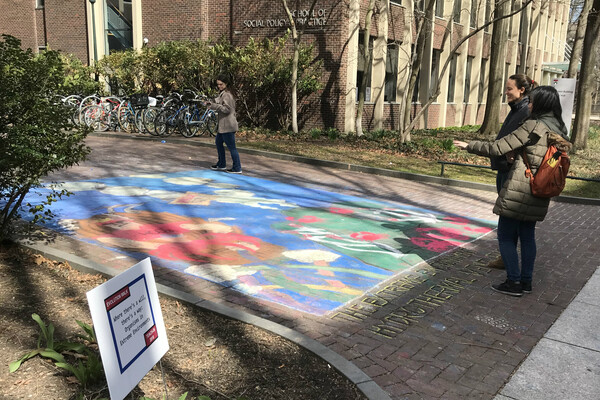
Colorful chalk drawings and informative displays along Locust Walk engaged passersby in learning about 4 billion years of the evolution of life on Earth.
Rebecca Umbach, a fourth-year doctoral student in the department of Criminology